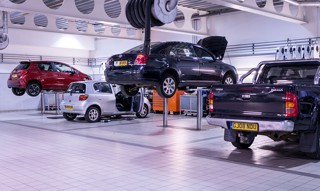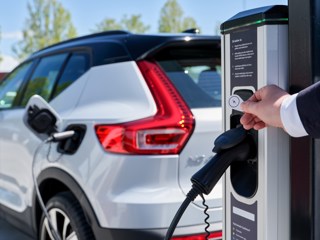Britain’s car parc is older than ever before, despite the boom in electric vehicles (EV) and hybrids, according to data compiled by Retro Motor.
Compiled from information held by the Driver Vehicle and Licensing Agency (DVLA) and Department for Transport (DfT), the data gathered by Retro Motor shows that in 2019 there were 6.1 million cars over 13 years old in the UK - approximately one-in-five of all vehicles on the road.
When analysed for a period 25 years earlier, in 1994, the data showed that there were only 1.329 million cars of a similar age.
In 1994, the percentage of cars over 13 years old sat at 6.3%, or just over one in 20 cars. In 2019, the number sat at 19.1%, or just under one in five, despite scrappage schemes and market-led incentives to get people into newer and more environmentally friendly cars.
Meanwhile, the average age of all cars on UK roads has increased from 6.7 years in 1994 to 8.3 years in 2019. There were 21.1 million cars licensed in 1994, rising to 31.8 million in 2019.
The data serves to add weight to the arguement that franchised car retailers should be focussing more effort on attracting the owners of older cars into their workshops to generate increased revenues, a tactic being adopted with the Volkswagen Group franchise according to the comments of UK MD Andrew Savvas in a recent AM interview.
Cox Automotive’s monthly Dealer Sentiment Survey also found that more than a third (37%) of UK car dealers are stocking older vehicles in the wake of COVID-19 lockdown.
The growth in numbers of older vehicles doesn’t mean that cars are less environmentally friendly as the mileages covered by modern, efficient cars are much higher, says Retro Motor.
Richard Aucock, founder of the new website, said: “You have to remember that a 13-year old car in 1994 was an early eighties model with extremely high emissions and no catalytic converters, whereas cars from the mid-2000s were already starting to meet new Euro emissions legislation.
“There’s been a huge boom in the popularity of modern classics in recent years, which means that models from the eighties and nineties have developed into collectors’ items.
“Throw into the mix the much-improved build quality of cars from this era and it’s easy to see why many of them remain loved and cherished by enthusiasts, rather than just be used as old bangers.”






















Login to comment
Comments
No comments have been made yet.